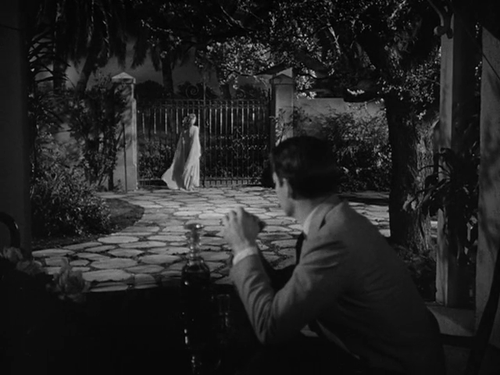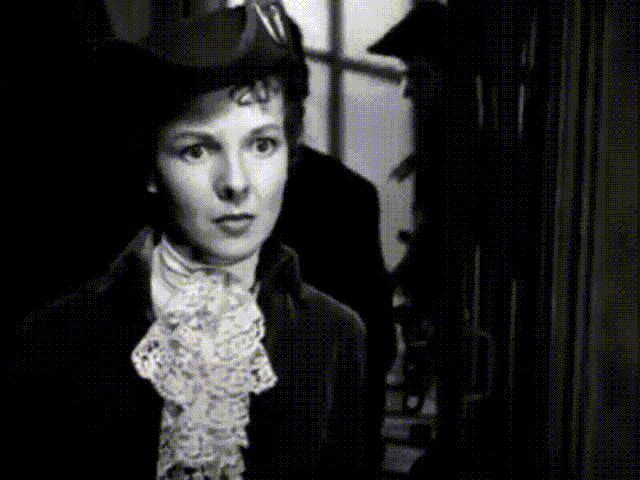When David O. Selznick needed someone to edit the meandering script of Gone With the Wind, he gave it to Val Lewton. And it was Lewton who added the now-famous long, wide shot of the Atlanta rail depot showing the casualty of war. And when Selznick needed someone to edit a script for a British director’s first American film, he tapped Lewton. That film, Rebecca, would earn Hitchcock his only Oscar nomination. To this day, when sound editors want to manufacture a scare on screen, they refer to the “Lewton bus.”
Yet, Val Lewton isn’t quite the household name he ought to be. A Russian emigre, he became a naturalized citizen in 1941, just before America entered World War II. RKO Studios had just released Citizen Kane, the most expensive flop in Hollywood history at the time. They needed popular, modestly-produced films to buoy the company’s finances. Lewton was hired on to create a catalog of horror films to compete with Universal’s recent hits. He had to keep each within a $150,000 budget, less than 80 minutes long and the studio got to name and market them however they wanted.
Today, Lewton’s films are seen as prime examples of low budget horror that rely on simple lighting and strong storytelling rather than special effects makeup or schlocky monsters.
There are nine, plus a documentary, available. These are the best of the best.
Cat People (1942)
Tinged with the film noir style of the era, Lewton and director Jacques Tourner use suggestive shadows to tell the tale of new bride Simone Simon and her unusual cat-like behavior. There is no heavy-handedness here: no damsels or creatures or frightening organ music. A vague sense of unease is used to play tricks on the audience. This is also the film that originated the “Lewton bus.”

I Walked With A Zombie (1943)
This is my favorite of Lewton’s films – and probably has the weirdest title. He set out to produce a “Jane Eyre story in the Caribbean,” and Lewton delivers. A capable nurse is hired take care of a comatose wife whose condition may have been caused by voodoo, a neglectful husband, or her own insanity. The scene of the nurse walking through a sugar cane field in the middle of the night is still one of the most gorgeous and eerie on film.

The Curse of the Cat People (1944)
A loosely-linked sequel to the first film, it’s a taut family story with a ghost hovering around the edges. For Lewton, imagination can have both good and evil consequences. Lewton also incorporated the tale of the Headless Horseman and the detail of leaving notes in a tree as references to his own childhood. There is even a case to be made it should be on the list of Christmas movies that weren’t meant to be Christmas movies.

The Body Snatcher (1945)
Based on the story by Robert Louis Stevenson, this is the last film to star both Boris Karloff and Bela Lugosi. By this point, they were both tired of the monster movie grind at Universal and were glad to work with RKO. The story is a loose interpretation of the Burke and Hare murders in Scotland, and the underhanded side business of resurrection men of the era.

Bedlam (1946)
Drawing on the disturbing reality of mental health treatment, Lewton sets the film in St. Mary’s Bethlehem, otherwise known as Bedlam, in the 1770s. A sadistic warden neglects his patients, makes them perform in humiliating plays, and charges visitors for the chance to see the lunatics misbehave. When a woman seeks to reform the asylum, she is wrongfully committed and locked up. Lewton insisted on highlighting the mental health crisis through the lens of history, showing how very little had changed in two centuries. In Bedlam, the true horror is manmade.

Originally written for DVD Netlfix
